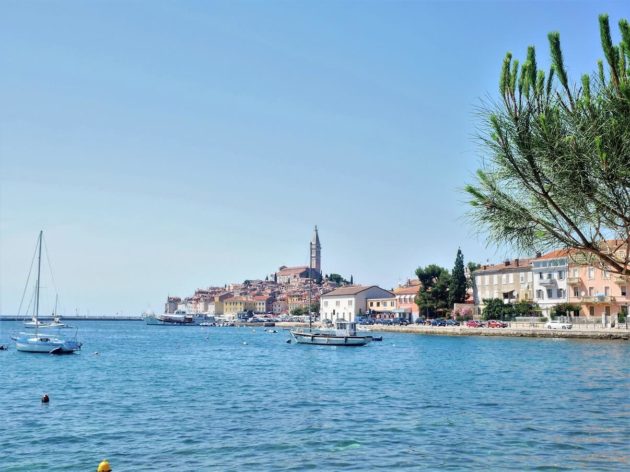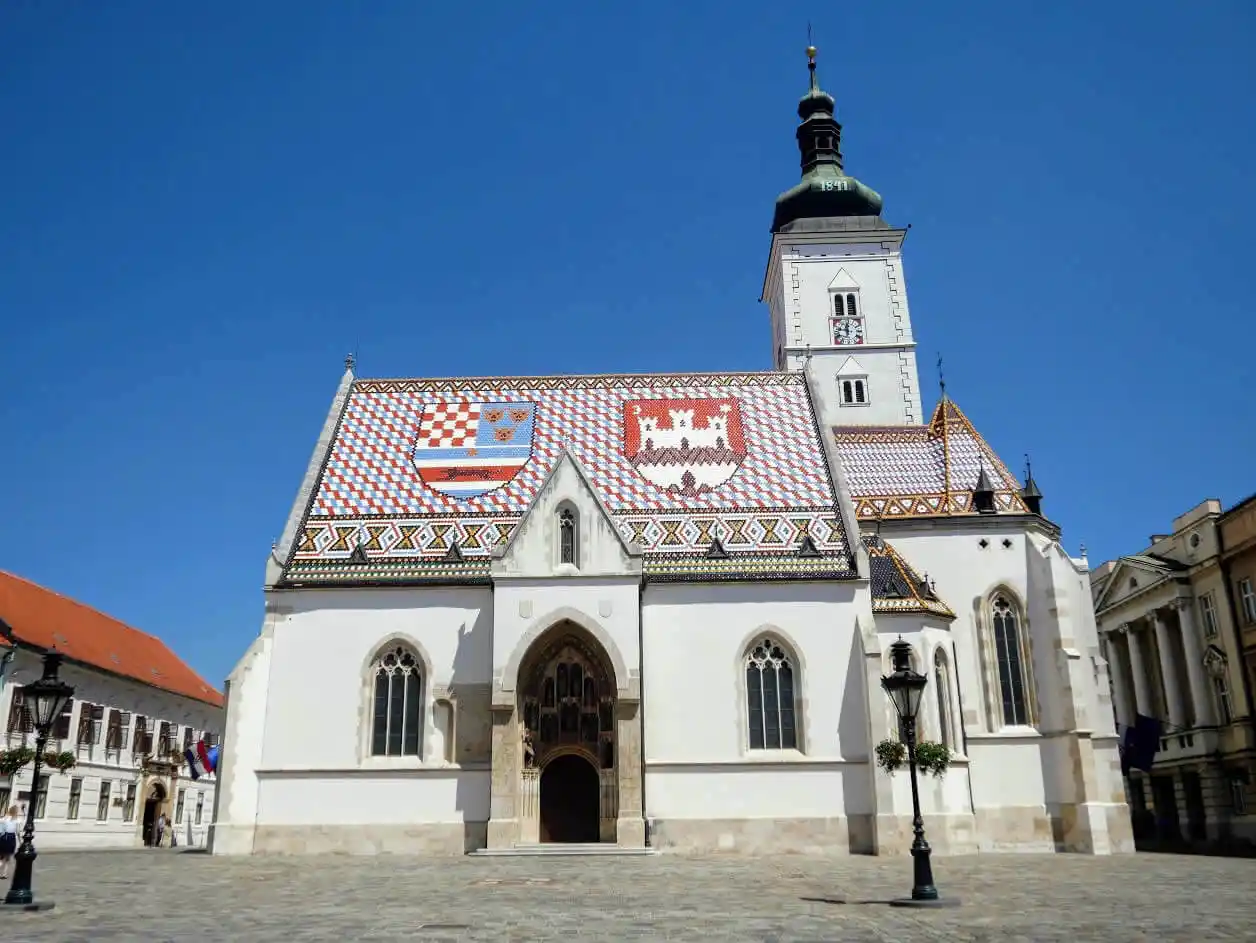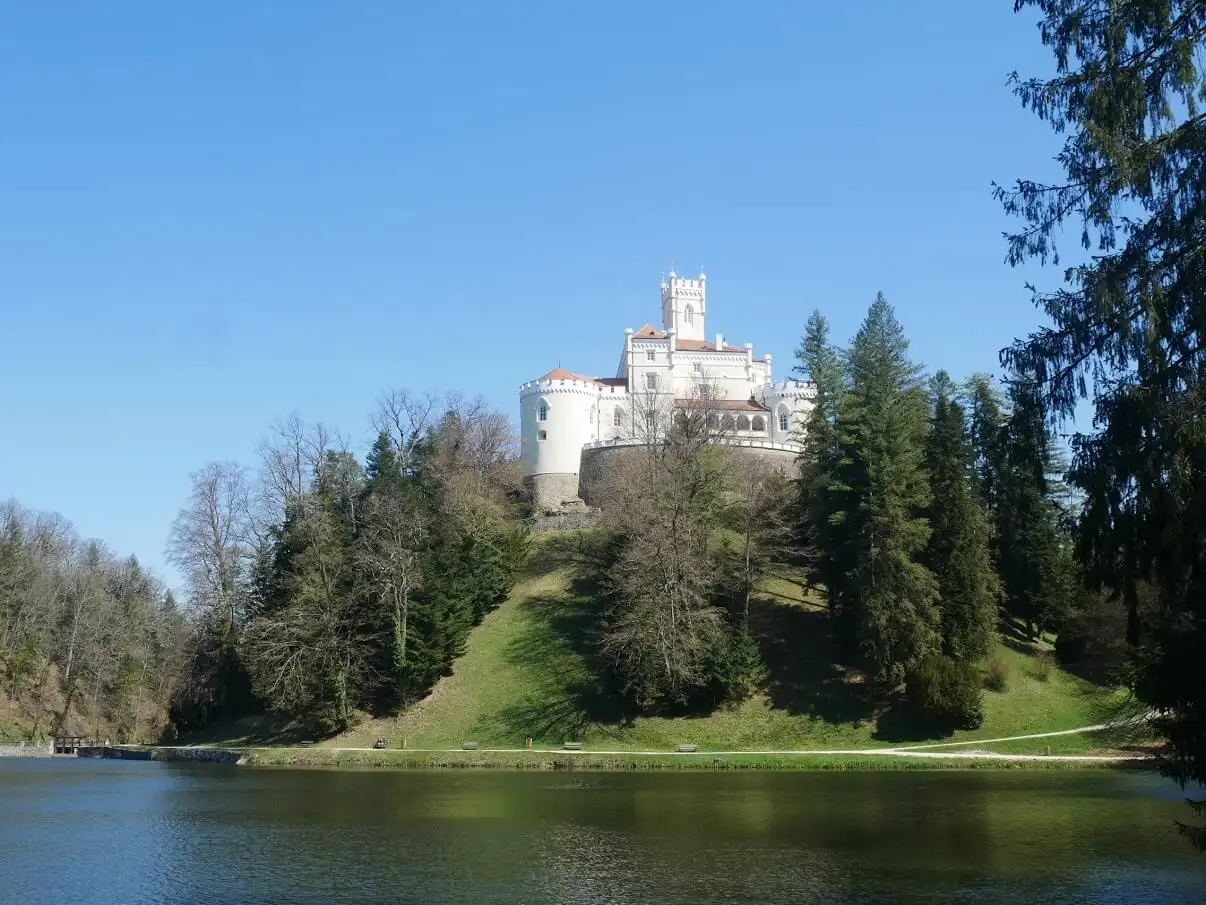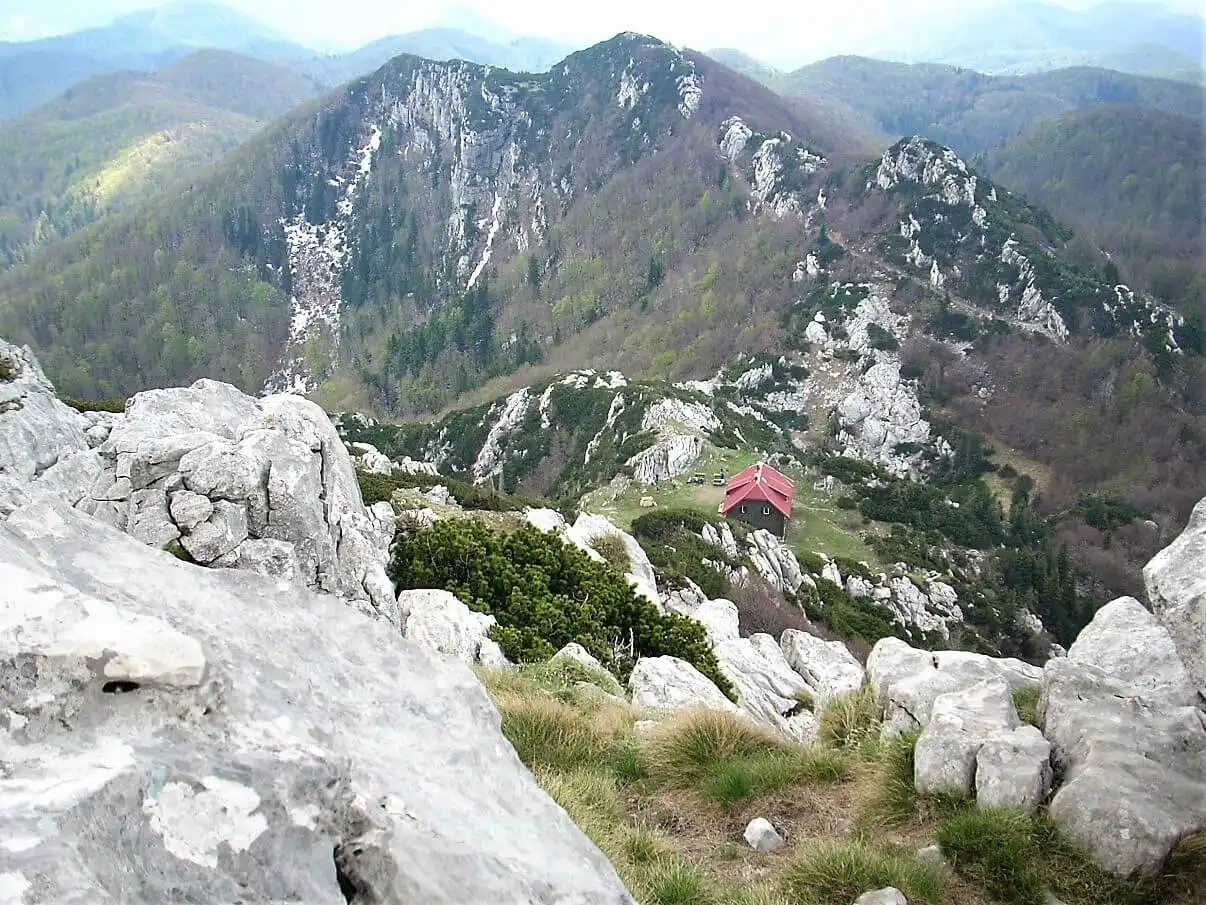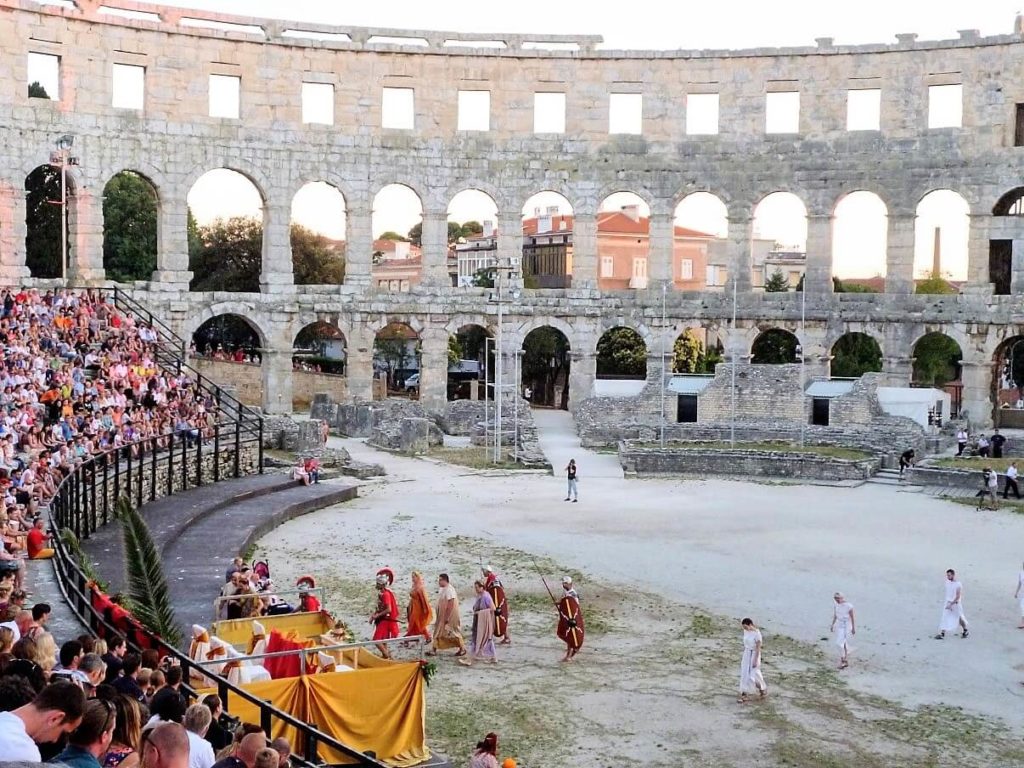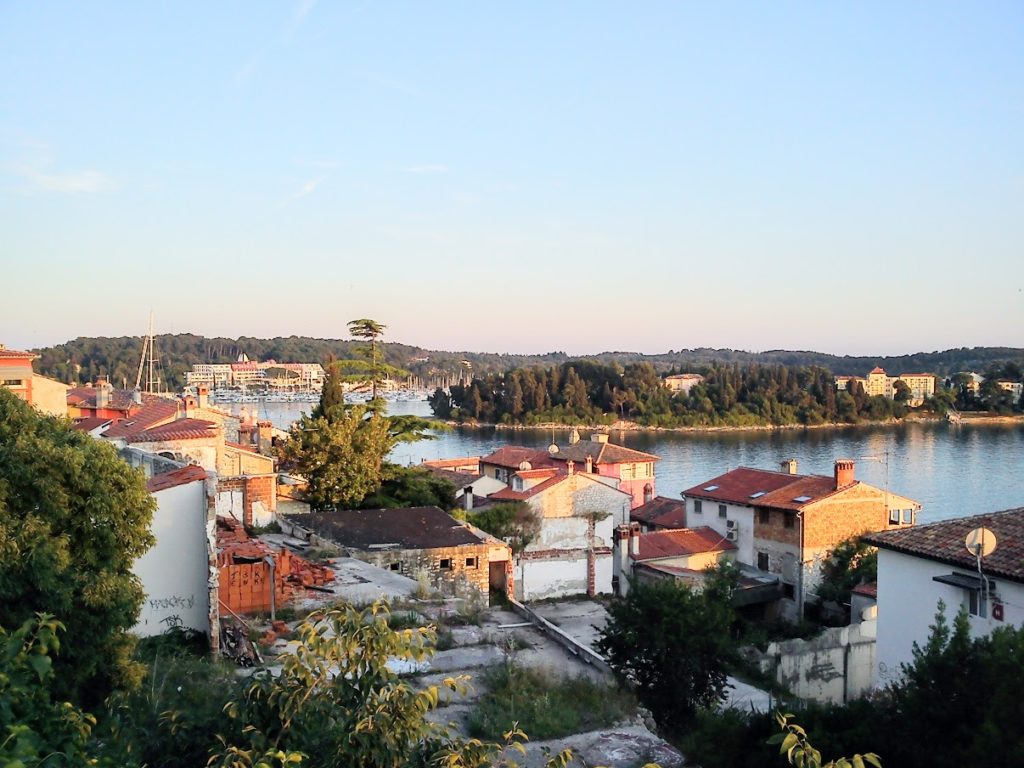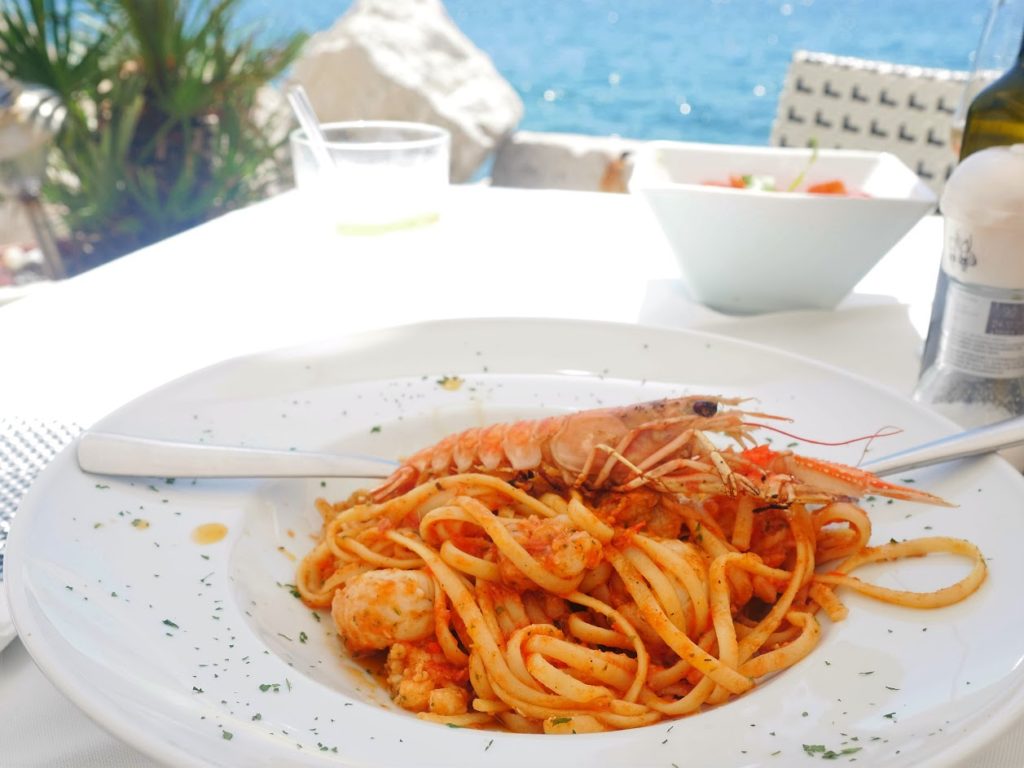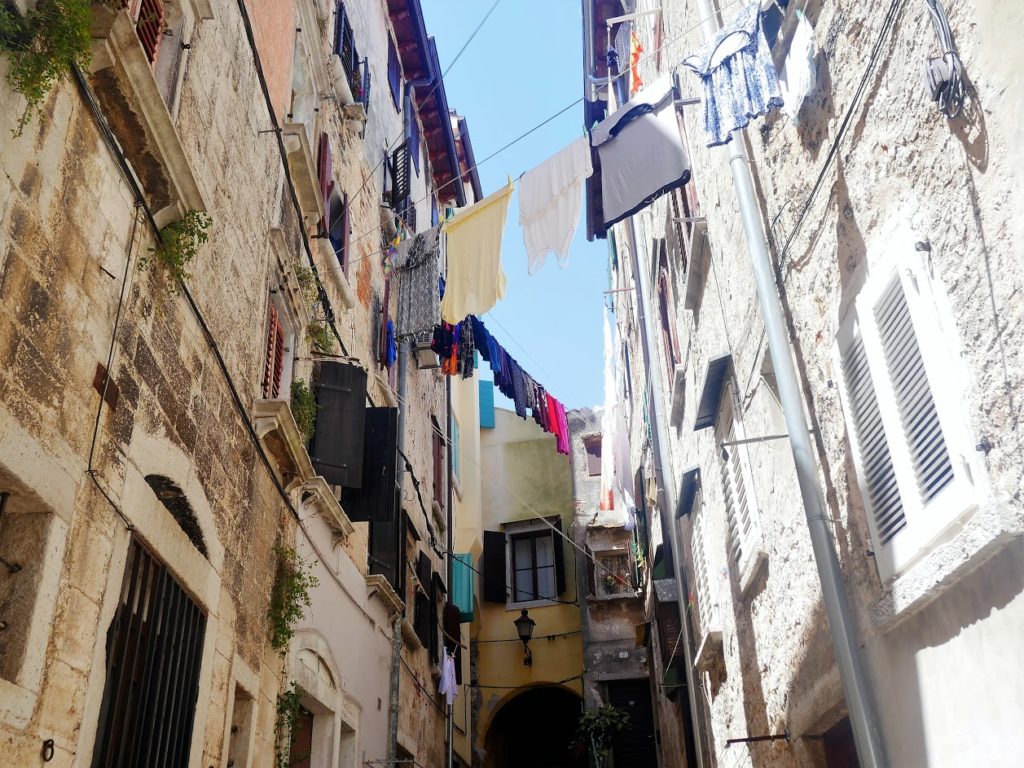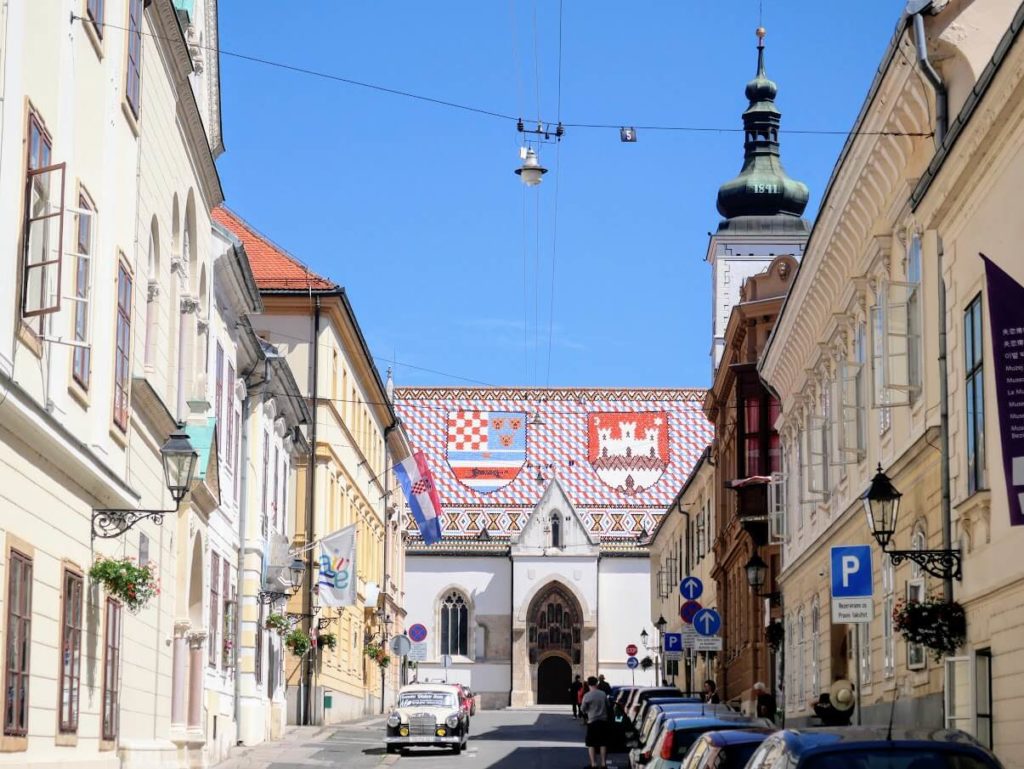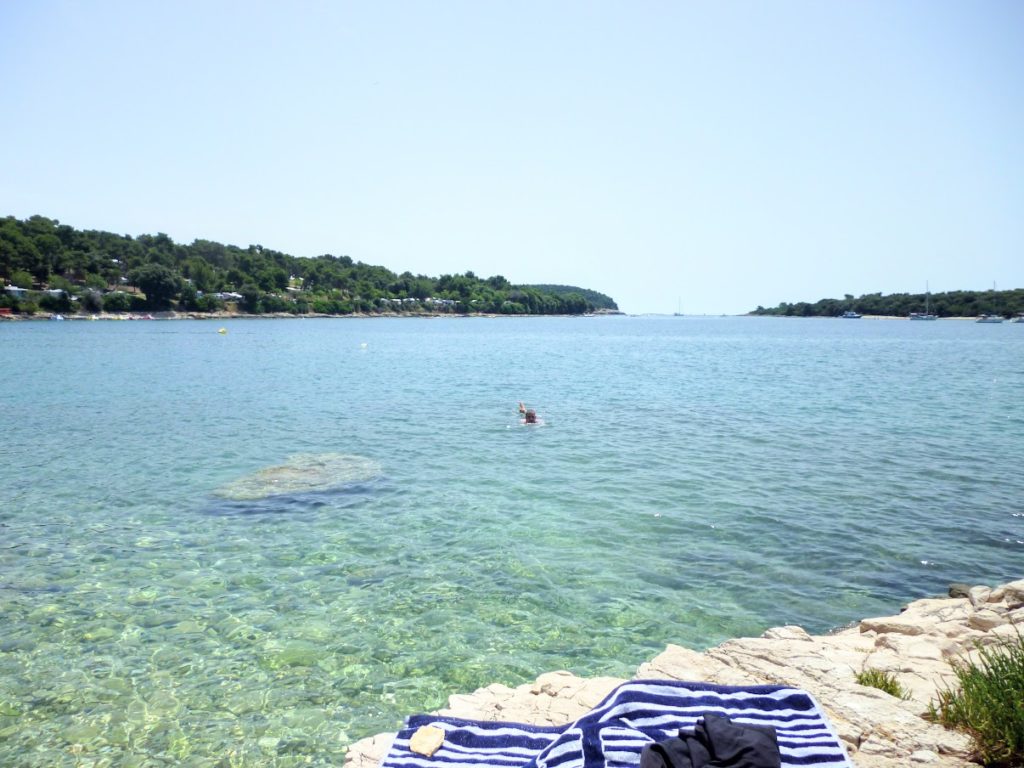Although tourism was significant in Croatia ever since I could remember, it looks like in the last few years everyone wants to visit it. I’m being asked quite often from my friends and colleagues where to go and how to plan a trip to Croatia. That’s why I’ve decided to create this ultimate Croatia travel guide that will help you in planning your visit.
These are some tips I’m usually sharing with my friends before their trip. So, here’s everything you need: from where to go, the best time to visit, food to eat to some other useful tips for travelling there.
Croatia Travel Guide
How to travel to Croatia
# – By a plane
Croatia’s main airport is in its capital, Zagreb. It’s well connected with other European cities, the Middle East (Doha and Dubai), US and Canada. However, during the summer months, many low-cost airlines are flying to its coastal towns like Pula, Rijeka, Zadar, Split and Dubrovnik.
# – Getting around by public transport
Public transport in Croatia includes buses, trains, ferries and trams. If you’re going to travel around Croatia during your stay, my recommendation would be to rely on buses and ferries, because they are the most efficient.
Here is a great website on which you can compare the prices and buy all of your public transport tickets: book your transportation tickets here.
# – By a car
If you’re coming from some other European countries, you can come by car. Three years ago we drove to Croatia from the Netherlands, and it was quite doable. It could also be nice to have a car with you in Croatia, so you can explore it more during your visit.
*TIP: Rent a car while in Croatia! If you would like to visit more places during your trip to Croatia, it would be great to rent a car. Roads, especially highways, are very good in Croatia. And it’s quite nice to go to some little trips during your stay.
When is the best time to visit Croatia
# – High season in Croatia: July & August
Croatia is really popular during July and August. And places like Plitvice Lakes, Dubrovnik and Split are packed with tourists. However, that’s the time when I’m usually going, because the weather is the best for swimming during that time. If you’ll decide to visit during these months, as well, try to stay in some smaller towns or islands.
# – Shoulder season in Croatia: May – June & September – October
If you’re not so much into beach holidays and swimming (like myself), then these could be the perfect months to visit. Weather is usually lovely, and there are many sunny days. But, there are not so many tourists around. So, this could be the best time to visit the most popular places in Croatia.
# – December
Croatia’s capital Zagreb was listed as a home to the best Christmas market in Europe for the last three years in a row. So, if you’re looking for a nice winter destination, visiting Croatia in winter could be a great choice.
Best places to visit in Croatia
Although a small country, Croatian regions are quite diverse. In one day you can drive next to the Mediterranean coastline, go to the mountains and end up at the valley of Slavonia. However, to make things easier, let’s divide it into two parts: mainland and coastal area.
Croatia’s Mainland
Although often overlooked by many visitors, Croatia’s mainland is definitely worth a visit. It’s still mostly undiscovered by large groups of tourists, and it’s much cheaper than it’s coast.
# – Zagreb
Country’s capital is located there, and it’s a lovely central European city where you can definitely spend a great weekend. It was listed as the best European Christmas market for three years in a row, so it’s a great place to visit during December.
⤷ Read more: Things to do in Zagreb 2024: Tips from a local
# – Slavonia
Located at the very east of the country, Slavonia is being known as the lowland of Croatia. It’s the most rural part of the country with some of the friendliest people out there. Cities like Požega, Slavonski Brod or Osijek, are filled with Baroque art and architecture. And you can feel a great mix of cultures there – Austro-Hungarian, Slavic and Ottoman.
It’s also where some of the very delicious Croatian wines are being produced. When driving around Kutjevo, you’re going to be surrounded with vineyards at one point. My favourite winery there is Galić and their graševina wine is definitely one of my favourite.
# – Hrvatsko zagorje
Located at the very north of Croatia, Hrvatsko zagorje is one of my favourite parts of it. Veliki Tabor and Trakošćan are beautiful old castles, transformed to museums today and definitely worth a visit. The area is also well known for its great homemade food. Some of my favourites are štrukli, so be sure to try them while there.
The last time I’ve spent a weekend in Hrvatsko zagorje, I stayed at Hotel Trakošćan. Located right next to the castle, it’s a great place to explore the area. And it has one of the best breakfasts I’ve ever had.
*TIP: One of my favourite museums in that area is Krapina Neanderthal Museum. Located next to the cave where the bones of a community of prehistoric men were found. It’s a great interactive museum and a great place to visit!
⤷ Read more about Varaždin in my blog post on a link here!
# – Plitvice Lakes
Located at the mountain region of Lika, Plitvice Lakes are one of the most popular places to visit in Croatia. Beautiful nature and a system of picturesque waterfalls are what makes them so attractive to many visitors. I would avoid visiting them during the summer months because it’s just too crowded. And would instead come during the shoulder season or the winter months.
*TIP: Relatively close to the Plitvice Lakes is Memorial Centre of Nikola Tesla. Famous inventor was born in Croatia and you can learn about him by visiting this museum.
# – Gorski kotar
Oh, I love Gorski kotar! And I’m quite lucky because my husband is from that area. So, whenever I would visit him, he would take me to another part of Gorski kotar, and during the years we have explored it very well. Combination of forest, mountains and peaceful lakes is what makes this part of Croatia so beautiful. If you would like to visit it, check out the Lynx and Fox website for more info about it.
*TIP: Some parts of Croatia are great for hiking. Velebit is the biggest mountain, but if you’re planning on climbing it be sure to have the proper equipment and enough water with you (each year a few tourists have to be rescued from Velebit, because they’re trying to conquer it in their flip flops). For some lighter mountaineering, I strongly recommend Medvednica mountain next to Zagreb. While I was living in Zagreb, I would climb it almost every weekend. There are some lovely restaurants with homemade food there, as well.
Croatia’s coast
Adriatic coast is what’s coming to most people’s mind when thinking about Croatia. With its transparent blue sea and more than 1,000 islands it is absolutely a beautiful place to visit.
# – Istria
The westernmost part of the coastline is called Istria. It’s also the biggest peninsula in Croatia. It’s my personal favourite, and I’m spending there some time each summer. It has a lot of Roman cultural heritage and ruins. Most of them are in Pula, that’s also the biggest town in a region and where the airport is. Rovinj, Poreč and Novigrad are some of my favourite places there and I’m recommending all of them. Grožnjan and Motovun, at Istria’s inland, are small Medieval towns located at the top of the hills. The region is also famous for its traditional pasta and truffles.
⤷ Read about some places you shouldn’t miss in Istria on a link here!
# – Dalmatia
Eastern and the biggest part of Croatian coast is called Dalmatia. That’s where some famous cities like Dubrovnik, Split and Šibenik are. Airports in the area are in Zadar, Split and Dubrovnik, and it’s quite easy to fly there, especially during the summer months. Dalmatian towns are filled with culture and beautiful architecture. But, if you would like to avoid the crowd during the summer months, visiting some of the smaller villages could be the right choice.
# – Croatian Islands
Croatia has more than 1,000 islands, and they are the most peaceful places in Croatia to visit. Pag and Hvar are some of the most famous, but they are also well known as ‘party islands’. Šolta and Mljet have some beautiful nature and are quite peaceful. You can get to them via ferries and you can check their schedule on a link here.
# – Dubrovnik
I’m writing a separate paragraph about Dubrovnik because it’s definitely the most popular place to visit in Croatia. With it’s so well preserved the old town, it became even more popular as a setting for the King’s Landing in the Game of Thrones. Although so dreamy and beautiful, it could get too crowded during the summer months. That’s why I would avoid visiting it between July and August altogether. And would leave my visit for not so busy, but still months with great weather – May, June, September or October.
What to eat & drink in Croatia
Once again, food in Croatia will be quite different depending on the part of the country you’ll be in.
In a mainland, food is more under the influence of Austrian cuisine (Croatia was under the rule of Austrian Habsburg family until 1918). Food to try is Zagrebački odrezak (fried chicken filled with ham and cheese), mlinci (type of a cooked dough side dish) and štrukli (cooked or baked dough filled with cheese).
In the coastal area, be sure to try some seafood and grilled fish. Pasta and truffles are really great and famous in Istria.
There are many wineries in Croatia, as well. And you can often stop in them and have some informal wine tastings. You’ll see many wine roads you can follow and stop at the wineries along the way. Craft beer movement is also quite popular, and you’re very often going to find some excellent local craft beers at bars there.
Something that will make you feel like a local in Croatia a bit could be immersing into the coffee culture. It’s quite big in Croatia, and you’re going to see people enjoying their coffees and chatting with friends for hours. So, sit at a terrace of some of the cute cafes, have a coffee and enjoy it like a local.
What to wear in Croatia
Croatia has four proper seasons, meaning that during the summer months it could get really warm and during the winter months, especially in the mainland, bellow zero degrees Celsius.
So, if you’re going to visit during summer, take some light clothes with you, sunglasses and don’t forget to apply sun lotion regularly. If the temperature is above 30 degrees Celsius, it’s recommendable to avoid being in the sun between 12 and 4 PM. Be especially careful at a beach.
During the winter months, in the mainland, it could get quite cold. There could be some ice on the road and a lot of snow. Take some functional boots with you and warm clothes, as well.
Best souvenirs from Croatia
# – A tie
The tie was invented in Croatia, and it could be a lovely souvenir from your trip. During the Thirty Years War in the 17th Century, Croatian soldiers who fought in France wore a short scarf as a part of their uniforms. That soon became quite popular among French people who started to ware it ‘a la Croate’ (in Croatian way). And that’s how the tie was invented.
One of the most popular Croatian tie brands is Croata and you’re going to find many of their stores in Croatia.
# – Croatian food
Whenever coming back from Croatia, half of my suitcase is filled with food. I love buying Mediterranean spices like rosemary there. Candid orange and lemon peel is also something I like. They serve that sometimes as a part of the meal in Croatia Airlines, and that’s a favourite part of the flight to me. Olive oil and wines could also be a nice souvenir from your trip to Croatia.
If you won’t have time to buy them during your trip, a duty-free shop at the Zagreb’s airport has an excellent selection (although prices are a bit higher then at supermarkets).
Kraš is the most famous Croatian sweets producer and their Bajadera or Griotte chocolates are very popular among Croatians.
Useful tips for your trip to Croatia
*Currency – Currency in Croatia is kuna. One euro is approximately 7,50 kuna and one US dollar is around 6,50 kuna. You can pay with cards in many places, but cash is still widely used in Croatia.
*Croatia is not part of the Schengen zone – Although Croatia is a member of EU, it’s not part of the Schengen zone. So, you’ll need to have your passport with you when entering and leaving the country.
*Busy during the summer months – If you’re going to travel to Croatia with a car during July and August, be prepared it could get hectic at border control. I would advise you to use Google Maps in that case and check which entrance to the country is not that busy.
*Beaches are rocky in Croatia – That’s the reason the sea is that blue and transparent. However, if you’re not used to that take some beach shoes with you.
So, here it is, your ultimate Croatia travel guide with what to do and visit in Croatia. Do you have any other questions about your trip to Croatia? Let me know in comments below, and I’m going to answer your other questions there!

